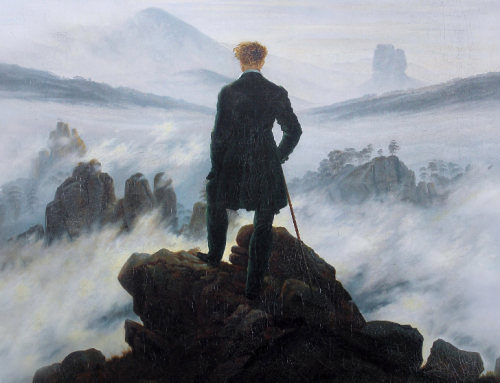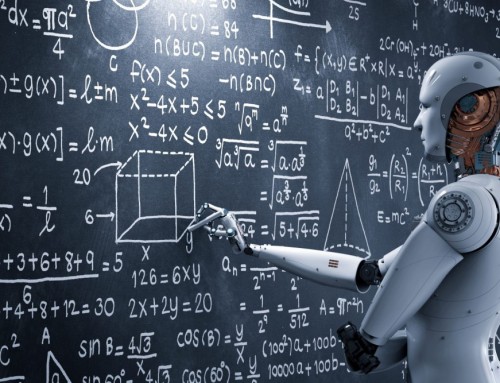(“What Makes a Species?” -podcast)
The term species is both the most common and controversial in all of biology. A term so troublesome that one definition isn’t enough. It is almost impossible to avoid a contradiction when using just one of these definitions, but, all together, they can begin to describe what a naturalist already understands.
Here are four different types of “Species Concepts”, but these are far from the only four. It seems like new definitions of species are being proposed every day.
The most common definition of a species is know as the Biological Species Concept. This definition has 3 steps to define a species.
- That members of a species can breed in a natural environment. (non lab setting)
- That they produce viable offspring.
- That that offspring will then also be fertile.

Ligers may look awesome but they are not able to produce fertile offspring or survive in the wild. Mostly because they are much too fat…
The first thing you might notice is that this definition is almost entirely focused on reproduction; a trait very important to evolution. However, how does this definition relate to an asexual species like zebra shark?
Although sexual reproduction is a very common mode of reproduction (due to the variation it can provide a population) it is only one mode of reproduction. In fact, many species can even switch between asexual and sexual reproduction regularly.
Other species, like bees and ants have one fertile queen and hundreds of females that have no chance to reproduce. How could two organisms that are genetically identical not be in the same species?
To fix that problem scientists came up with the Genetic species concept, which defines a species by its specific DNA sequencing. This seems like a 21st century approach to defining a species, however it too has some exceptions and drawbacks.
The DNA of species can actually be remarkably close, even though the phenotype (physical expression of those genes) can be vastly different. For instance, everyone knows we share something like 99% of our genes with primates, but what most people don’t know is that we share about 90% of our genes with cats and 80% with cows. Genetic similarities can help guide the way but they do not always give a distinct separation between species. So where do we draw the genetic line?
There are undoubtably instances where species may be almost genetically identical, such as Polar Bears v. Grizzly Bears (which can actually interbreed and produce fertile offspring), but there are distinct differences in the expression of those genes. Genes alone seem to also not be the only answer, there must be some input from phenotype and behavior.
And so enters the Ecological Species Concept, this concept factors in behavior and phenotype in order to determine species. However not to be a buzz kill again, 99% of all organisms that have ever existed are dead. It can be very hard to determine the behavior of these species simply from fossils. Additionally, many species share common niches and behaviors but are not thought to be the same species like the wide variation of large cats, specifically tigers.
Speaking of fossils, the Phylogenetic Species Concept (evolutionary history) tries to sort out the species problem by reaching into the fossil history and utilizing the family tree of evolution. The idea is that if you follow the family tree then you can determine which organisms should be apart of the same species. How that family tree was separated and organized is most likely dependent on one of the other species concepts so already this concept seems to not be a stand alone.
Essentially, this concept is simply using morphological similarities of bones to organize species and then extrapolating species from those original assumptions.
The species problem is very real.
Darwin once said, “no one definition has at yet satisfied all naturalists; yet every naturalist knows vaguely what he means when he speaks of a species.”
Basically, defining a species is the same issue that the Supreme Court had when trying to define pornography. “It is hard to define, but I know it when I see it.”
The reality is that when a species is determined it takes nearly all of the 26 different species concepts to make a good argument. And that is all that this is in the end of the day. A species may seem foundational, so much so that the book that defined the evolutionary movement, “On the Origin of Species,” had it in its name.
But in reality, the term species is quite arbitrary. It is simply a word we made up so that we might stay organized when describing organisms and evolution.
We feel a sense of order when we create these lines in the sand separating organisms, but nature itself feels no need for the same distinctions. It really isn’t that important where we draw these lines because all we are really hoping to achieve is consensus. Scientists are attempting to create a language for biology, and in doing so they are hoping to better understand the world of organisms. But are we over anthropomorphizing in pursuit of peace of mind?
Biologists are constantly asking questions like: “is this the first bird-like dinosaur or the first dinosaur-like bird?” Basically, these are questions asking when one species begins and the other ends.
Questions like these are at the heart of debate in the biological field, but somehow it feels like this question also stems from an misunderstanding of biology itself. That same book that Darwin wrote taught us that organisms are fluid and constantly changing. The concept of a species seems too resolute to be a biological normality.
I would even go as far to argue that species do not actually exist when looking at organisms on an evolutionary timeline. Thinking in terms of millions or billions of years, biological populations are more like a blur than a static picture. Any snapshot you take along the journey seems arbitrary; just one still glance at a eternity of change.








Leave A Comment